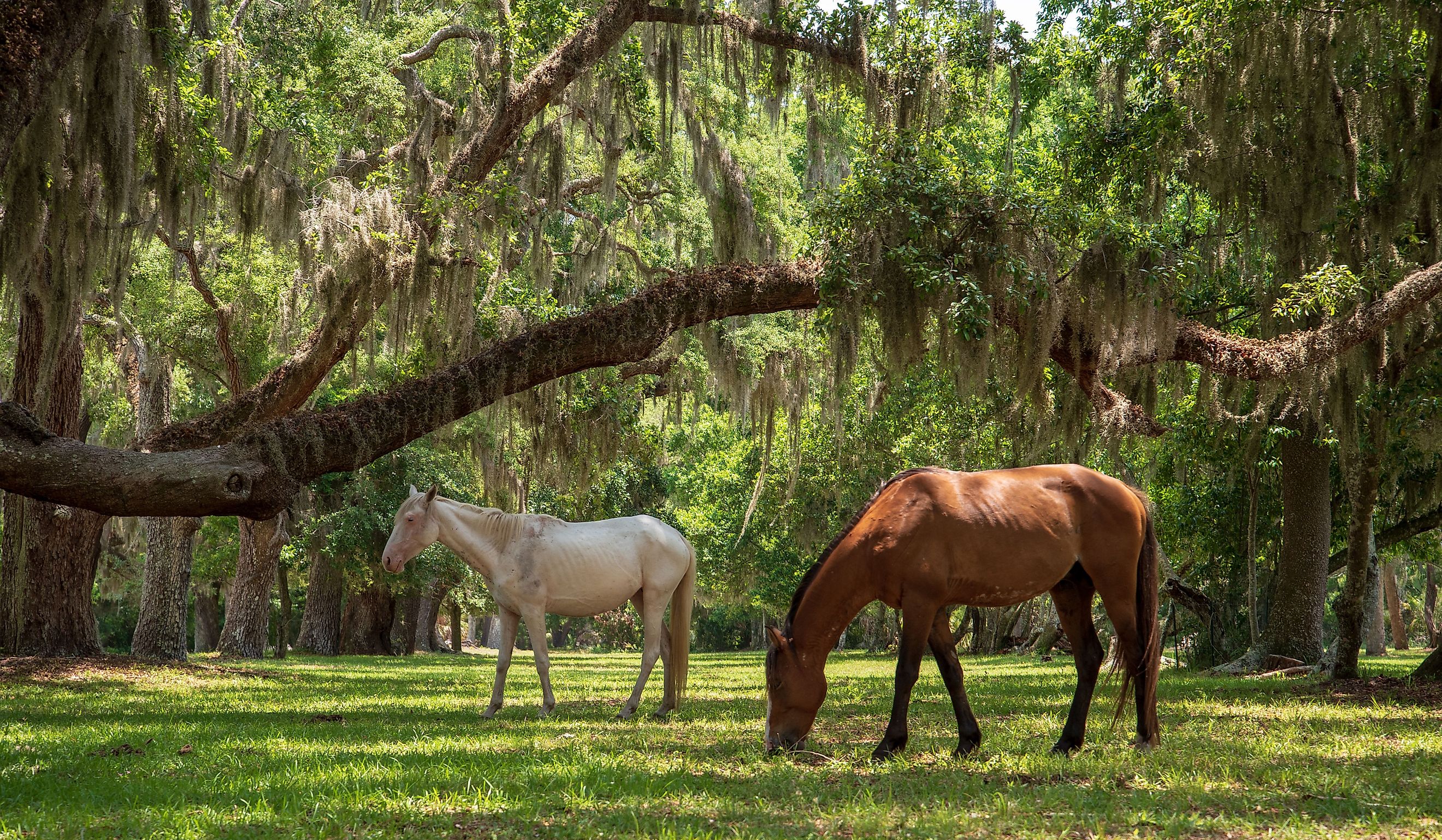
7 Best Destinations For Wildlife Spotting in Georgia
Georgia is a delightful state to go to for wildlife. Because of its varied landscapes, from swamps to beaches and lofty forest-covered hills, and its generally temperate climate, a huge variety of animals and plant species also call the Peach Tree State home. Salamanders, armadillos, raptors such as Bald Eagles and Red-Tailed Hawks, and black bears, you name it. Today, we will take a deeper dive into some of Georgia's prime destinations for wildlife spotting. Wherever you are in this vast southern state, we can almost guarantee you that there is a notable location nearby. Break out the binoculars, get your camera set up, and let's embark on an adventure of discovery down south.
Stone Mountain
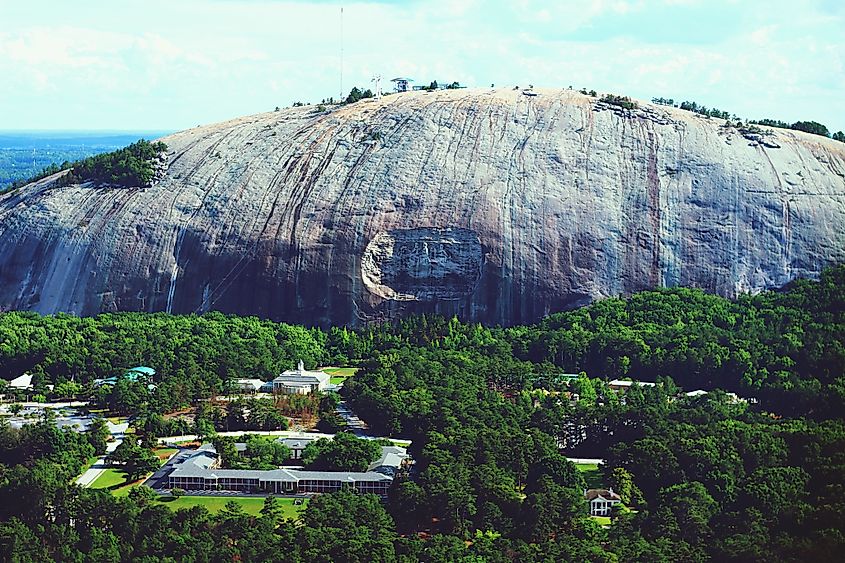
Stone Mountain Park in Georgia is a unique geological wonder with a vast terrain compromising lush forests, granite outcrops, and lakes, all providing habitats for a variety of animal species. Explore the huge granite mountain that gives the park its name or the surrounding woods on the trails that spiderweb throughout it.
Visitors can spot native wildlife such as white-tailed deer, eastern gray squirrels, and wild turkeys roaming freely throughout this park in north-central Georgia, a short drive east of Atlanta. Birdwatchers also flock here to observe numerous species of birds, including red-tailed hawks, woodpeckers, and Carolina chickadees. As far as reptiles go, you may encounter eastern box turtles and various snake species, while amphibian sightings include American bullfrogs in and around the lakes and streams found here. The park's water bodies also host other forms of aquatic life, from fish like Bluegill and Largemouth bass (Georgia's official state fish) to amphibious creatures like turtles and frogs.
Okefenokee Swamp
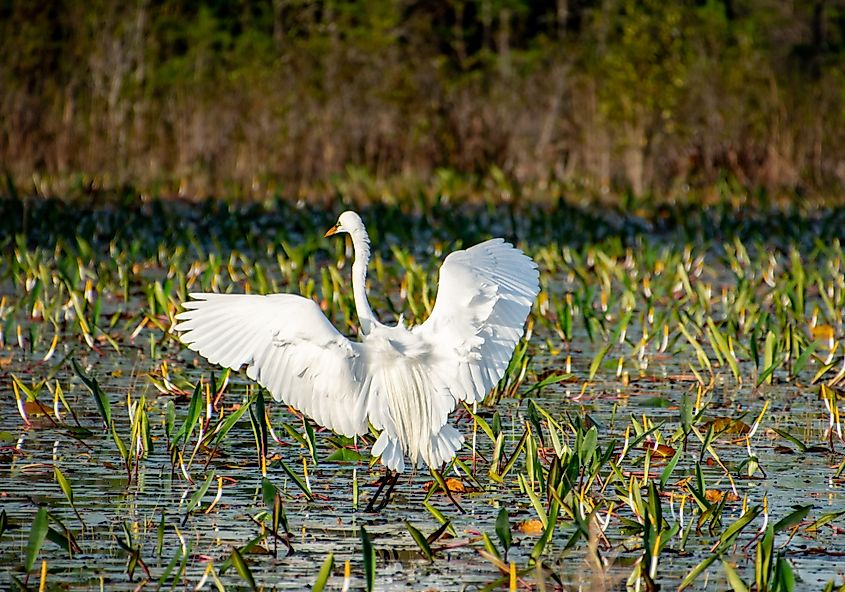
This expansive wetland ecosystem of Okefenokee Swamp Park is home to many animal species. Observe iconic creatures such as American alligators and black bears in their natural habitat from various trails and viewpoints. Next, turn your eyes to the sky and be thrilled by the opportunity to spot some of the beautiful bird species that live here, including herons, egrets, and ibises, soaring through the air or wading in the marshes.
The park's warm, fresh waters are full of life, from turtles and fish to amphibians like frogs and salamanders. Exploring the park's trails and waterways gives you the chance to encounter a variety of reptiles, mammals, and birds, providing a broad glimpse into Georgia's biodiversity.
Whether by guided boat tours or self-guided hikes, there are many ways to discover Okefenokee Swamp Park throughout the year. The town of Waycross is nearby to provide amenities either before or after your trip here.
Grand Bay Wildlife Management Area
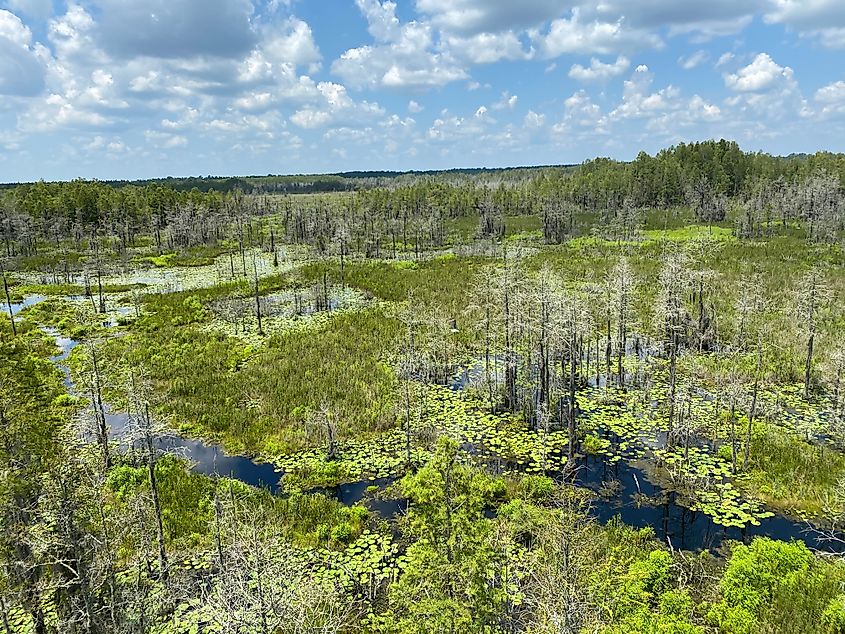
Grand Bay Wildlife Management Area, situated just north of the city of Valdosta, is an exceptional place for wildlife spotting on the far southern edge of Georgia. This is largely true due to the lofty observation tower at the center of this park. This expansive tract of protected land encompasses a variety of habitats, including pine forests, wetlands, and open grasslands, providing a haven for a wide range of animal species.
Find native animals such as white-tailed deer, wild turkeys, and cottontail rabbits, which thrive off of the various plants that grow here. Raptors like red-tailed hawks and Barred owls, as well as songbirds like eastern bluebirds and northern cardinals, can also be spotted throughout. The wetland areas within the management area support the diversity of aquatic life here, from turtles and frogs to various fish species.
Chattahoochee River National Recreation Area
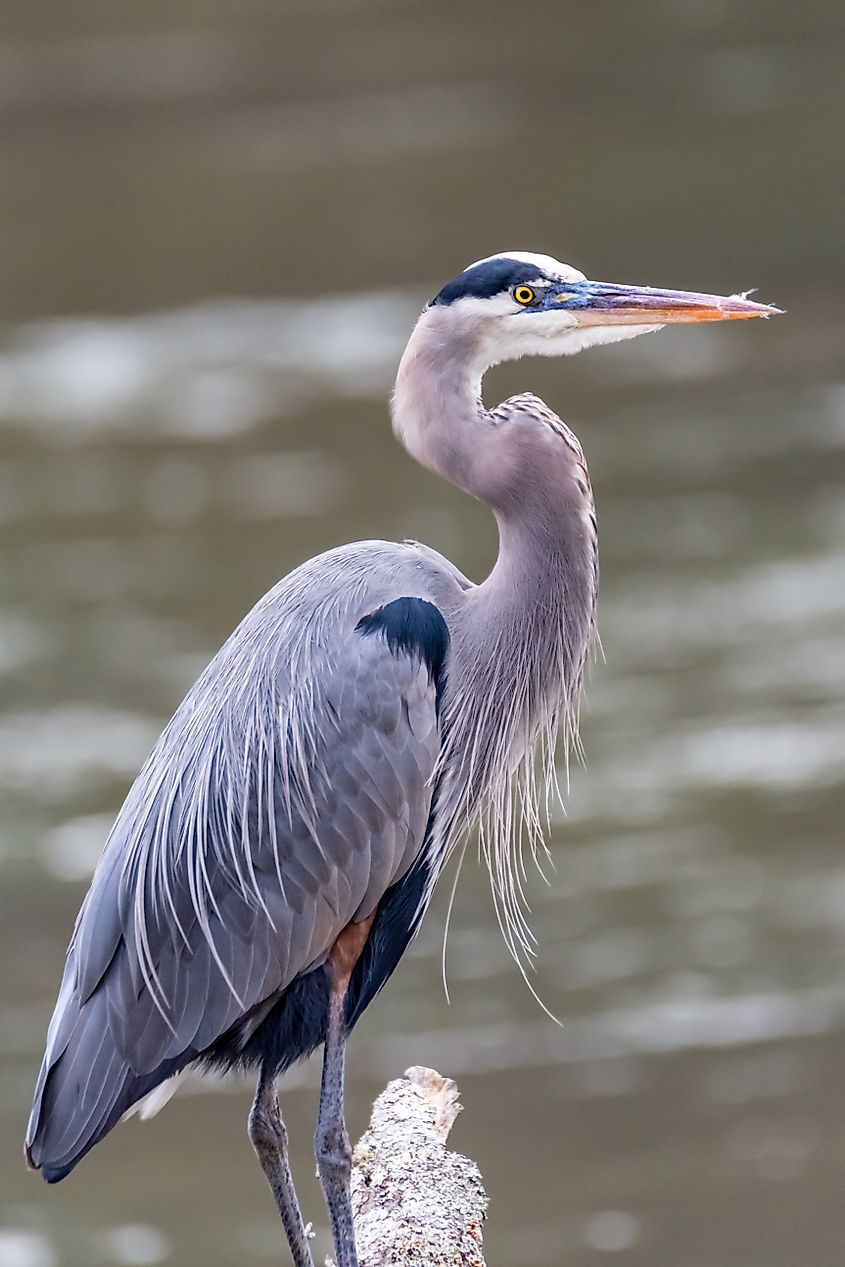
Spanning a diverse range of habitats along the Chattahoochee River, the Chattahoochee River National Recreation Area is known for both outdoor recreational activities and viewing native species in their natural environment in this area a little north of Atlanta.
The animals that call this park home include white-tailed deer, gray foxes, and eastern cottontail rabbits. Walk the park's wooded trails and riverbanks and you are bound to encounter something. A huge amount of waterfowl, herons, and songbirds such as cardinals and warblers, are also common sights. The Chattahoochee River itself supports many species of aquatic life, including bass and catfish, as well as turtles and even river otters!
On top of boat rentals available within this park, there is a selection of campgrounds in which you can stay the night for an extended stay.
Fort Frederica National Monument

Fort Frederica National Monument has more than just historical intrigue—it's also an important natural environment for wildlife in Georgia. This fort, which once protected British colonies from attacks by the Spanish Empire, is located on the southeastern coastline of the state, near Florida.
Amidst preserved colonial structures, keep your eyes open for native species thriving in the surrounding landscape. Deer, raccoons, and even armadillos are among the mammals that call this area home, often seen darting among the trees or grazing in the open spaces. Bald eagles to the lively Carolina wren can also be spotted soaring above, perhaps adding a bit of a patriotic feel to this already historically important American landmark.
Fort Frederica's coastal location is also a prime habitat for marine life, including fish, crabs, and shrimp. If you're hungry after a long day of exploring, be sure to grab some fresh and delicious seafood in the nearby town of St Simons Island.
Cumberland Island National Seashore
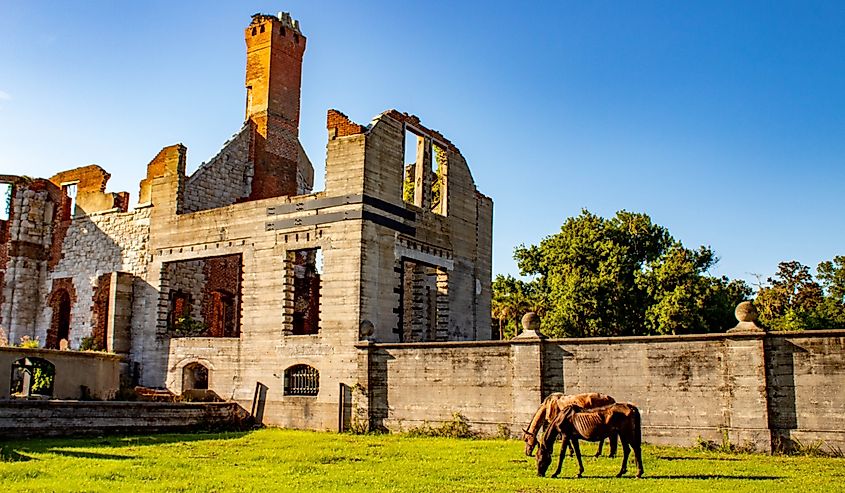
Cumberland Island National Seashore, located off the coast of Georgia, is an idyllic place to escape to for a weekend by the water. The plethora of ecosystems within the park's borders, ranging from maritime forests to marshlands, supports many species that can be seen.
Visitors to the island may encounter iconic creatures such as wild horses, wild turkeys, and armadillos traversing the wooded trails. Ospreys, wood storks, and painted buntings can be spotted in the coastal vegetation along the beaches here. Speaking of beaches, the island's expansive beaches provide nesting grounds for loggerhead sea turtles, while its marshes and estuaries are homes for fish, crabs, and wading birds.
Stafford Beach is a popular place to lounge and have a picnic by the ocean, while manmade attractions such as the Little Cumberland Island Lighthouse to the northern tip of the island and the Ice House Museum to the south will help fill your day with activity.
Blairsville
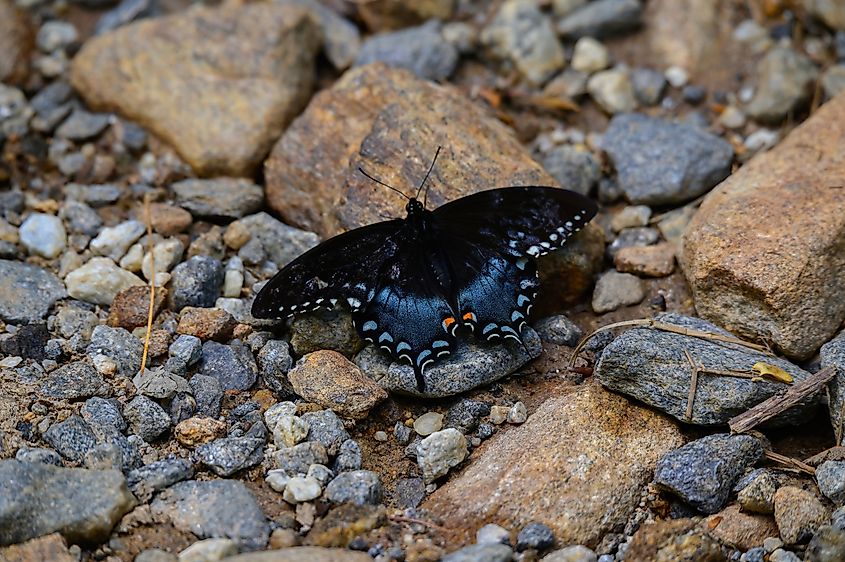
Sitting in the foothills of the Appalachian Mountains, Blairsville is a gateway to not only the famed Appalachian Trail but also the nature-filled lakes and parklands surrounding it.
Start by taking a short drive outside of town to Lake Nottely, a large reservoir where fish, turtles, and a huge assortment of amphibians like salamanders and frogs can be spotted. To the other side of town is the Brasstown Bald, a forested hill with a clearing on the top that is the highest point of the Appalachian Trail in the state of Georgia and an amazing viewpoint from which to go birding. Look out for avian species such as Red-Tailed hawks, owls, and Eastern Bluebirds. On your way to the top, whether you embark on the tough hike up or drive there, you may be able to see black bears, a variety of grouse, woodcocks, turkeys, and other forest-dwelling animals.
Experience Georgia's Wildside
As you can see, every corner of Georgia is ripe for wildlife viewing as long as you know where to look. We hope that this list can be the start of an epic nature-based road trip throughout the Peach Tree State. Regardless of where you head, remember that many of these destinations are delicate to human activity and that you should be following the best practices of nature conservation, namely staying on marked trails, not littering, and not disturbing the wildlife when you visit.











